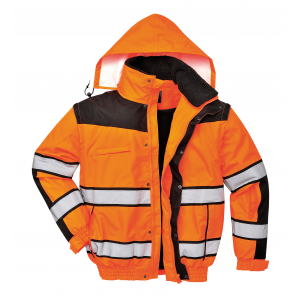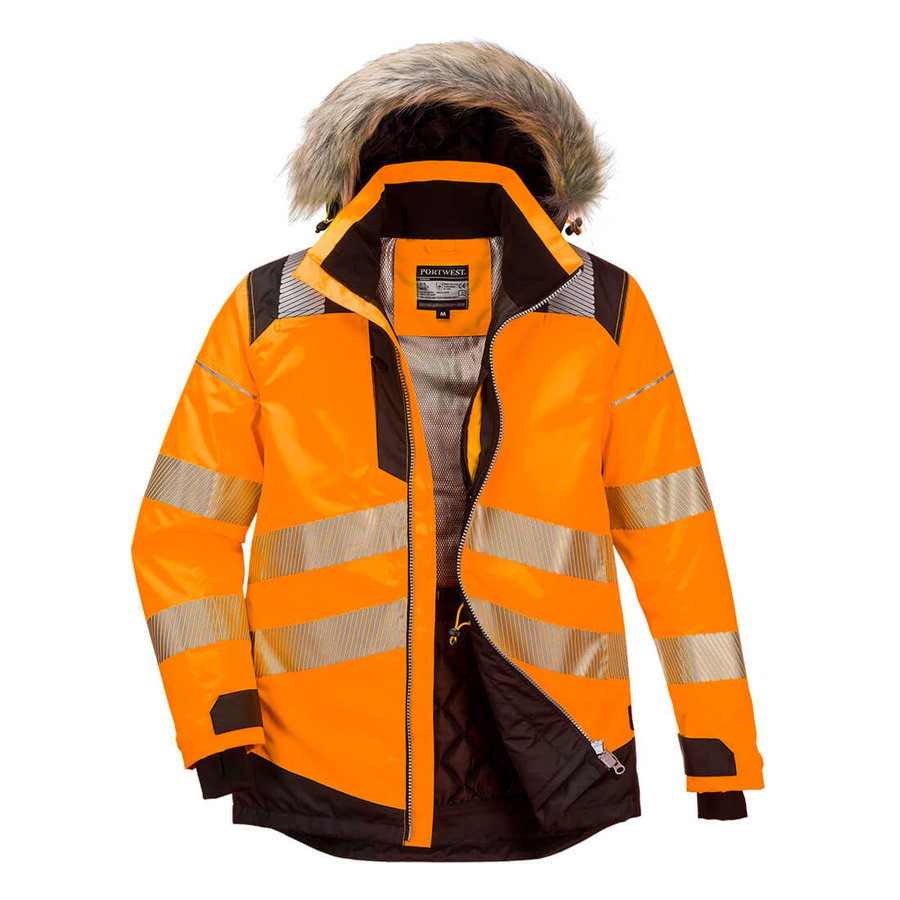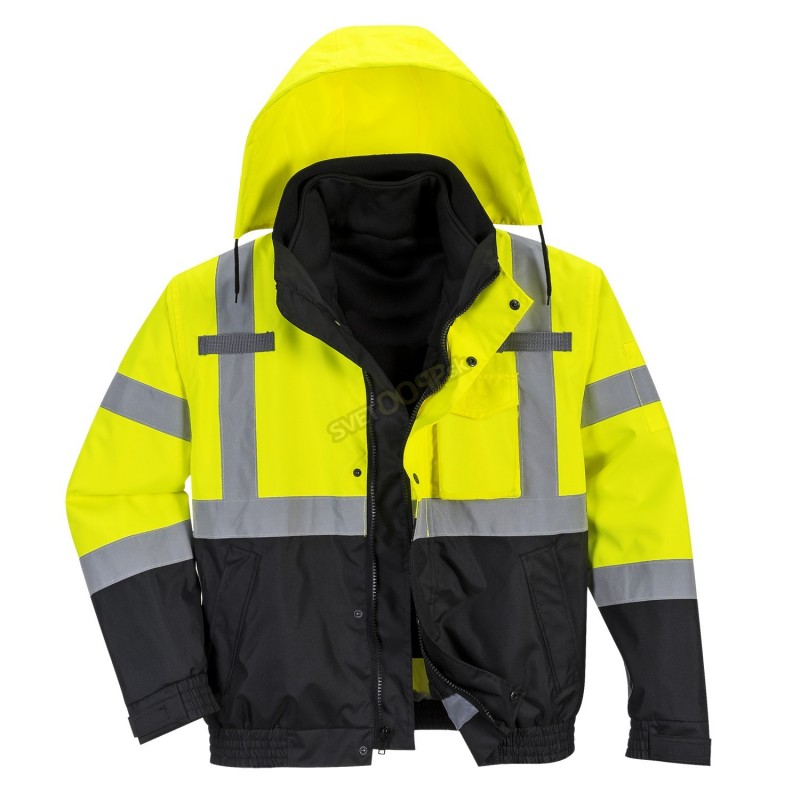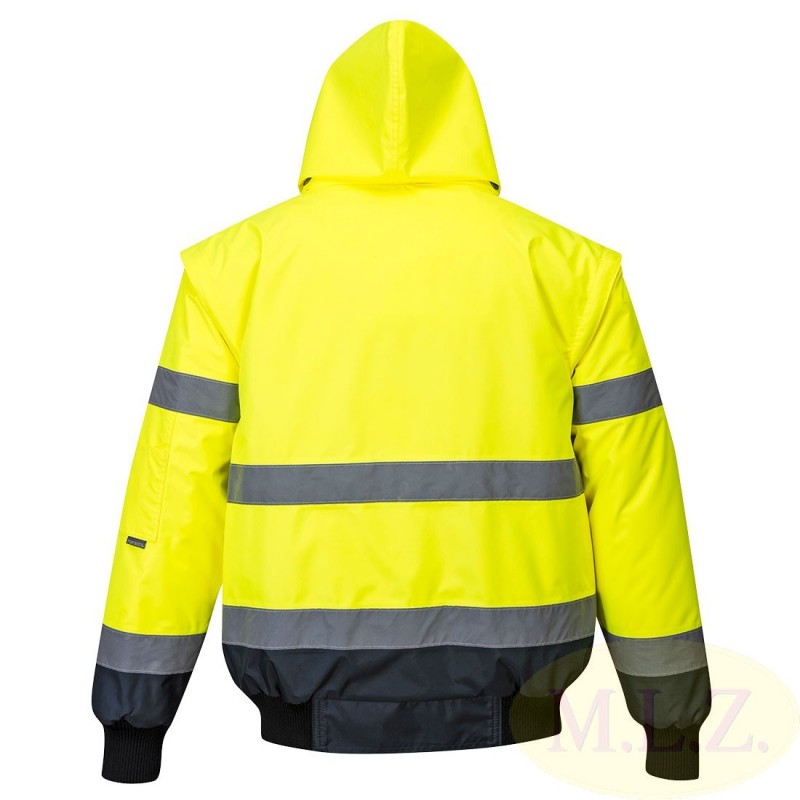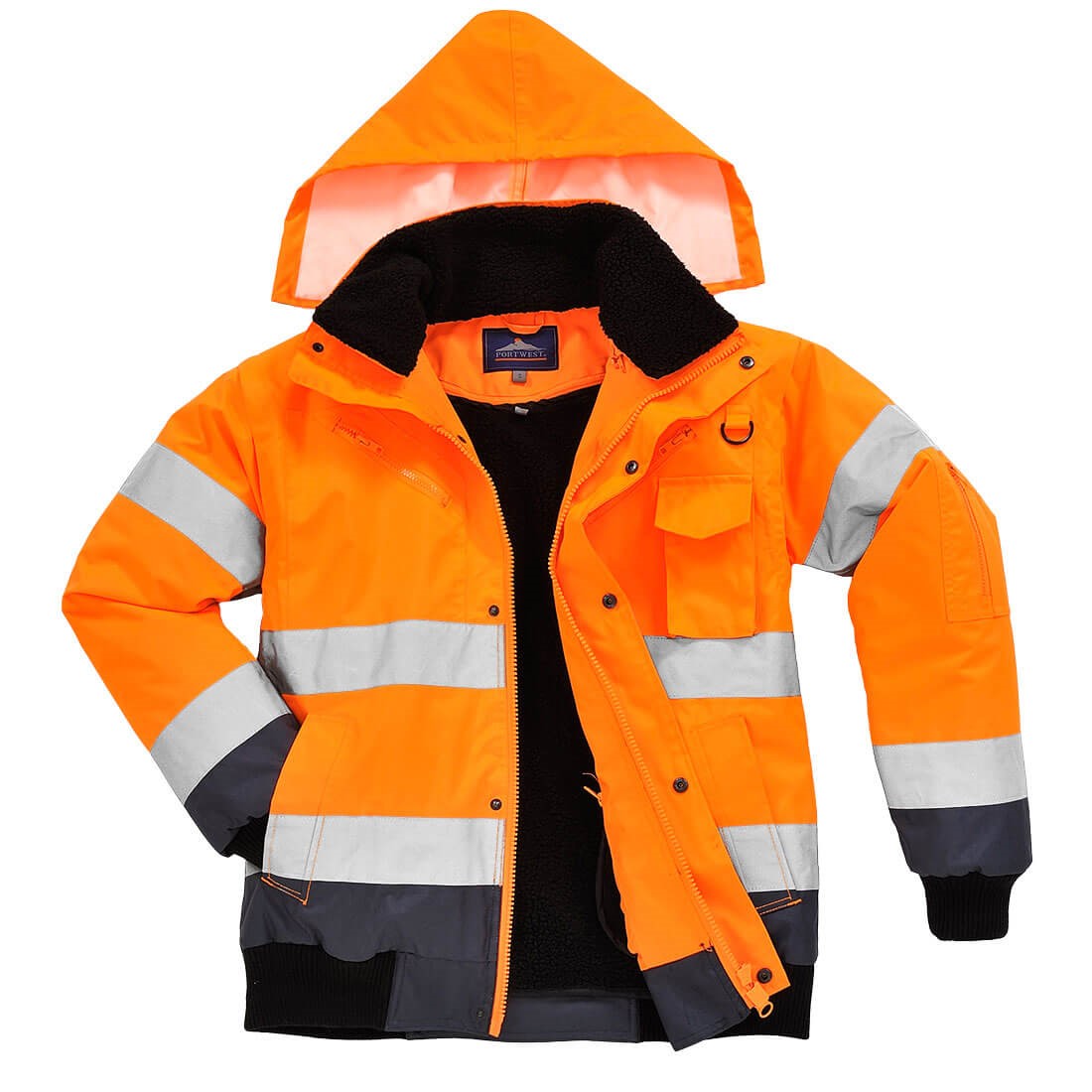
Pracovné odevy - Reflexná bunda PW HI-VIS BOMBER S463 oranžová | PRACOVNÉ ODEVY KADO, pracovná obuv, pracovné rukavice, POPRAD
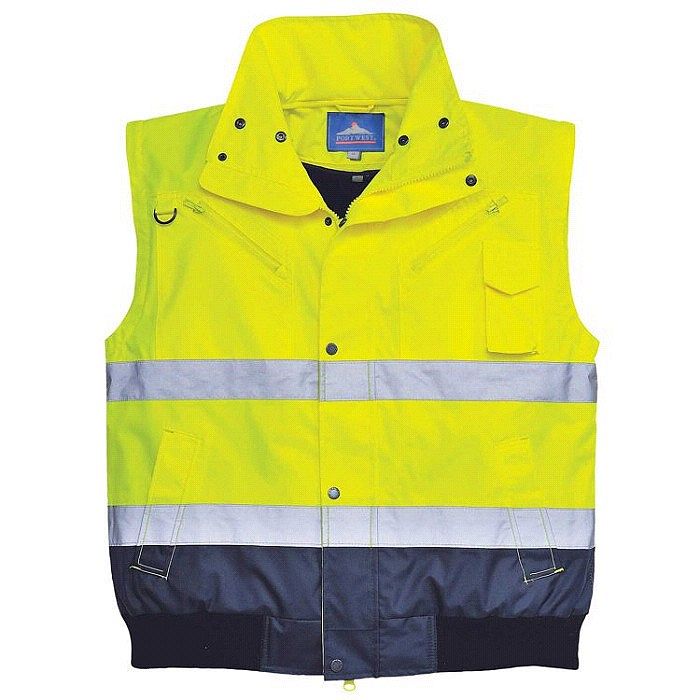
Bunda Portwest C465 Yellow/Navy 3 v 1 vel. 6XL - Pracovní a profesní oděvy, pracovní obuv a osobní ochrané pomůcky Petex Jihlava

Reflexné/Výstražné odevy | C465 - Vetrovka Hi-Vis Bomber Oražová-tmavomodrá | Pracovné odevy, obuv a doplnky
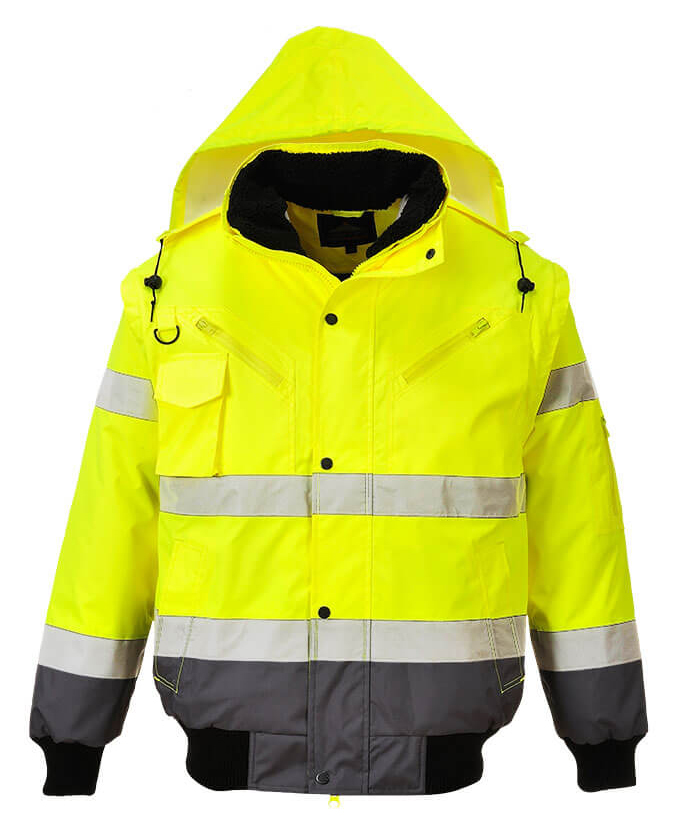
Výstražná bunda 3v1 Portwest C465 HI-VIS CONTRAST BOMBER Reflexná bunda - Reflexné bundy | ĽUBICA.sk
